Painting Aluminum: A Comprehensive Guide
Painting aluminum isn’t just about enhancing the aesthetic appeal of the material—it’s also about improving its durability and resistance to corrosion. Aluminum surfaces, when properly prepped and painted, can last for many years, making it a popular choice for various applications, from aluminum siding and aluminum furniture to aluminum rims and automotive parts. However, due to aluminum’s unique properties, such as its smooth, non-porous surface, painting aluminum requires specific preparation steps to ensure that the paint adheres well.
In this guide, we’ll walk you through the process of painting aluminum, from surface preparation to selecting the right paint for different finishes. We’ll also cover the best techniques, products, and tools for ensuring a high-quality result. Whether you’re looking to paint aluminum trim, aluminum siding, or even CNC machined aluminum parts, you’ll find all the information you need.
What is Aluminum?
Aluminum is a versatile and lightweight metal that is resistant to corrosion, making it an excellent choice for a wide range of applications. Its natural oxide layer helps protect it from rust and corrosion, but this same layer can make it challenging for paint to adhere without proper preparation. Aluminum paint is commonly used in the automotive industry, construction, and for CNC machined components in various fields.
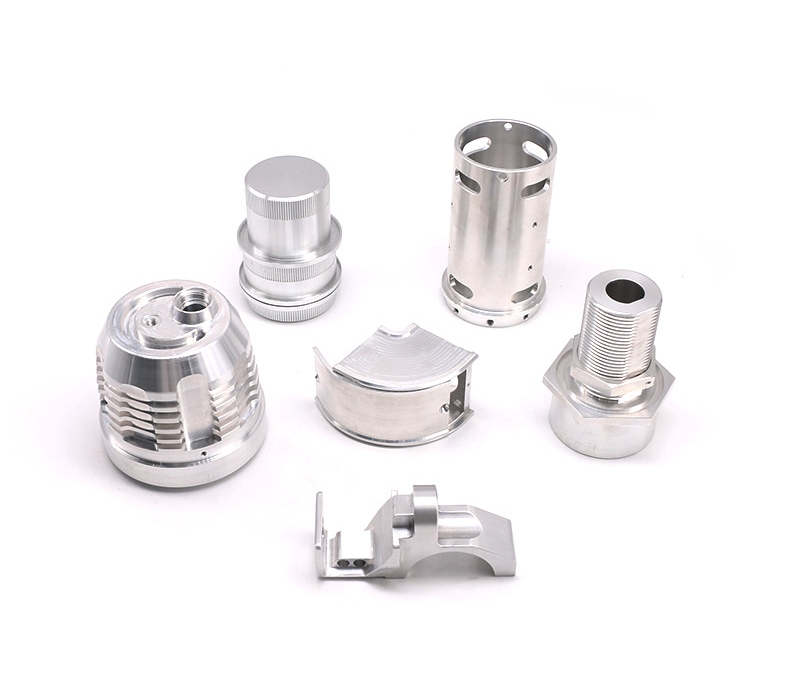
What is Paint Aluminum?
Painting aluminum refers to the process of applying a protective or decorative coating to aluminum surfaces. This is done for a variety of reasons, including improving the appearance, preventing corrosion, and increasing durability. Whether you’re working on aluminum fencing, aluminum boats, or aluminum window frames, understanding how to properly prepare and paint aluminum is crucial to achieving the best results.
Note: you want to know more about the surface treatment technology of CNC machining, you can read the following articles:
Surface Treatment Methods In CNC Machining
Principles and Applications of Sandblasting
What Is Polishing And Types Of The Polishing
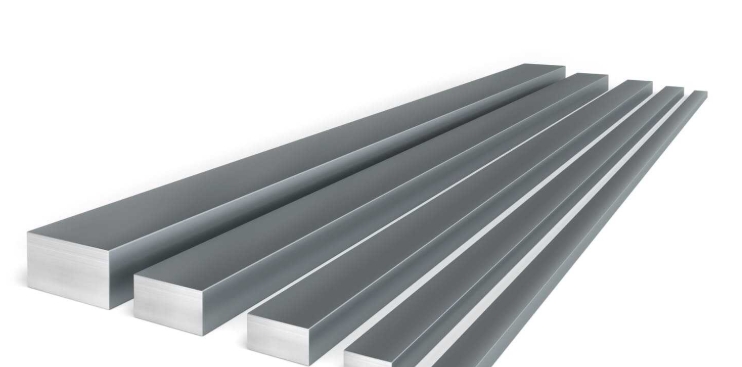
Why Paint Aluminum?
There are several reasons why you might want to paint aluminum:
Protection: Painting aluminum helps to protect it from environmental factors like moisture, which can lead to oxidation and rust.
Aesthetic Appeal: Aluminum surfaces often have a matte, dull finish, and painting can transform them to achieve a satin finish, matte finish, or glossy finish.
Durability: Properly applied paint creates an extra layer of protection that enhances the longevity of aluminum products, especially in outdoor or high-use environments.
How to Paint Aluminum?
To achieve a perfect painted finish on aluminum, proper surface preparation is essential. Follow these steps for optimal results:
Step 1: Surface Cleaning
Before painting, thoroughly clean the aluminum surface to remove dirt, grease, and any contaminants that could prevent paint adhesion. Use a mild degreaser or a mixture of soap and water.
Step 2: Sanding and Abrading
Next, sand aluminum to provide a rougher surface for the paint to adhere to. Use fine-grit sandpaper for smooth surfaces, and for wet sanding, use a medium-grit paper to ensure a smooth, even finish. This step is crucial to make sure the paint sticks properly.
Step 3: Priming
Apply an aluminum primer specifically designed for metal surfaces. A good primer helps the paint bond better to the surface and protects against oxidation. An etching primer is often recommended because it creates microscopic grooves on the metal, helping the paint stick better.
Step 4: Painting
After priming, choose the right paint for aluminum. There are several options, including enamel paints, epoxy paint for aluminum, and automotive paint for aluminum. Make sure to choose the one that fits your needs based on durability and the finish you desire.
Step 5: Sealing and Curing
Finally, apply a protective clear coat to seal the paint and provide an additional layer of protection. Allow the paint to cure completely before exposing it to weather or use. This step ensures a smooth and durable finish.
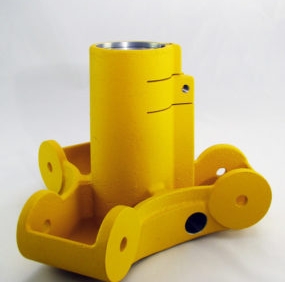
Choosing the Right Paint for an Aluminum Matte or Satin Finish
When selecting the right paint for aluminum surfaces, it’s crucial to choose between a matte or satin finish, as both provide different aesthetic qualities and durability. Each finish brings out distinct characteristics that can enhance the appearance and functionality of aluminum surfaces.
Matte Finish: A Non-Reflective, Subtle Appearance
A matte finish is completely non-reflective, providing a smooth, understated appearance. This type of finish is ideal for hiding imperfections such as scratches, dents, or other flaws, giving the surface a more uniform and smooth look. For aluminum parts that need to conceal surface irregularities or those aimed at a modern, minimalist aesthetic, a matte finish is the go-to choice.
In addition, matte finishes have the benefit of reducing glare and reflection. This characteristic is particularly important for certain industrial applications, such as CNC machined aluminum parts, where the reflected light could interfere with the visibility of intricate details. The matte finish not only helps to present fine machining details more clearly but also offers a modern, technical look that is highly favored for functional aluminum products.
Satin Finish: Balanced Sheen with a Touch of Gloss
In contrast to matte finishes, a satin finish provides a gentle sheen, sitting between matte and high-gloss. The primary advantage of this finish is its ability to deliver a soft, elegant gloss without being overly shiny. The satin finish offers a refined look with just enough gloss to add depth and dimension to the aluminum surface.
Moreover, satin finishes are more resistant to dirt, smudges, and fingerprints compared to matte finishes. This added durability makes it a great choice for environments where the aluminum surface is frequently exposed to handling or the outdoors. When applied to CNC machined aluminum parts, a satin finish not only enhances the look but also contributes to the part’s ability to resist wear and environmental elements, making it ideal for outdoor aluminum furniture, aluminum trim, and even aluminum siding.
For CNC machined aluminum parts, choosing a satin anodized aluminum or matte aluminum paint can often enhance the precision of the machining process while adding a sleek, uniform finish.
Can I Use Acrylic Paint on Aluminum?
Yes, acrylic paint for aluminum is a popular choice, especially for decorative applications. However, acrylic paint on aluminum works best when the surface has been properly prepped and primed. Acrylics are generally not as durable as epoxy paints or automotive enamel paints, so they are better suited for indoor projects or situations where the aluminum is not exposed to harsh weather conditions.
Does Aluminum Need to Be Sanded Before Painting?
Yes, sanding is essential when painting aluminum. Sanding aluminum helps roughen the smooth surface, allowing the primer and paint to adhere better. Without sanding, the paint might not stick properly, leading to peeling or flaking. Using a medium-grit sandpaper (like 150-220 grit) helps create a texture on the metal that improves paint adhesion.
Can I Paint Over Anodized Aluminum?
Painting over anodized aluminum is possible but requires proper preparation to ensure the paint adheres well. The first step is to sand the surface lightly with fine-grit sandpaper to break through the protective oxide layer on the aluminum. This step creates a textured surface that allows the paint to adhere more effectively. After sanding, it’s crucial to clean the surface thoroughly with a solvent like acetone or isopropyl alcohol to remove dust, oils, or contaminants that could affect the bonding process. Once the surface is prepped, the next step is to apply a specialized etching primer designed to bond with anodized aluminum. This primer acts as a strong adhesive base, preventing future peeling and ensuring better paint adhesion.
After priming, apply a durable epoxy or enamel paint to the anodized aluminum surface. Epoxy paint is ideal for outdoor or heavy-use applications as it offers excellent durability and weather resistance. Enamel paints also provide a smooth, glossy finish and are highly resistant to scratches and abrasions, making them suitable for aluminum surfaces exposed to wear. Be sure to apply the paint in thin, even layers, allowing each coat to dry fully before applying another. Once the final coat is applied, allow the paint to cure completely to ensure a durable, long-lasting finish. Optionally, you can add a clear coat for extra protection against UV rays and wear.
What Happens if You Don’t Prime Aluminum Before Painting?
Skipping the primer step when painting aluminum can lead to several issues that affect both the appearance and durability of the finish.
1. Poor Paint Adhesion: Without primer, the paint may not adhere properly to the smooth, non-porous surface of the aluminum. Aluminum’s natural surface lacks the texture needed for paint to “grip” securely, which can result in peeling, bubbling, or chipping. This occurs more frequently in areas exposed to physical contact, weather conditions, or environmental stresses.
2. Increased Risk of Corrosion: One of the most significant drawbacks of skipping the primer is the lack of corrosion protection. Primers specifically designed for aluminum contain rust inhibitors that create a protective barrier between the paint and the metal. Without this layer, aluminum is more susceptible to oxidation or rust formation, particularly in moist or humid environments.
3. Decreased Durability of the Finish: A primer helps to seal the surface, ensuring the paint job lasts longer by preventing cracks and chips. Without priming, the paint finish can wear out more quickly due to environmental exposure, such as UV rays, rain, or chemical wear, leading to a shorter lifespan for the overall paint job.
4. Poor Performance of the Topcoat: Without a primer, the corrosion-resistant properties of the topcoat may not function as intended. Most quality paint formulations rely on primers to create a bonding surface that allows them to perform optimally. Without it, the topcoat may not offer adequate protection against rust, weathering, or other damaging factors.
5. Increased Maintenance and Repair: Needs Over time, skipping the priming step will lead to increased maintenance costs and effort. With paint not adhering properly or aluminum succumbing to corrosion, you’ll likely have to repaint or perform more frequent repairs, negating the long-term benefits of the initial paint job.
How Many Coats of Paint Does Aluminum Need?
For the best results, aluminum generally needs two coats of paint. The first coat acts as a base layer, while the second coat ensures full coverage and a smooth, durable finish. Allow each coat to dry thoroughly before applying the next.
First Coat: Primer and Base Layer The first coat on aluminum should always be a primer designed specifically for metal surfaces or aluminum. This layer helps create a strong bond between the aluminum and the topcoat. It also acts as a barrier against corrosion, ensuring the paint adheres properly to the surface and that the aluminum remains protected from oxidation or rust. In cases where a primer is not necessary due to the use of a self-etching primer or paint-and-primer-in-one formulations, the first coat still provides the foundation for a smooth finish.
Second Coat: Ensuring Full Coverage The second coat is essential for full coverage and uniformity. This layer helps to conceal any missed spots from the first coat and ensures that the aluminum’s surface is evenly coated. It also enhances the color depth and the finish’s appearance, giving the aluminum a consistent, attractive look. The second coat is particularly important when you’re working with metallic paints or dark colors, as these often require more layers to achieve full coverage without streaking or patchiness.
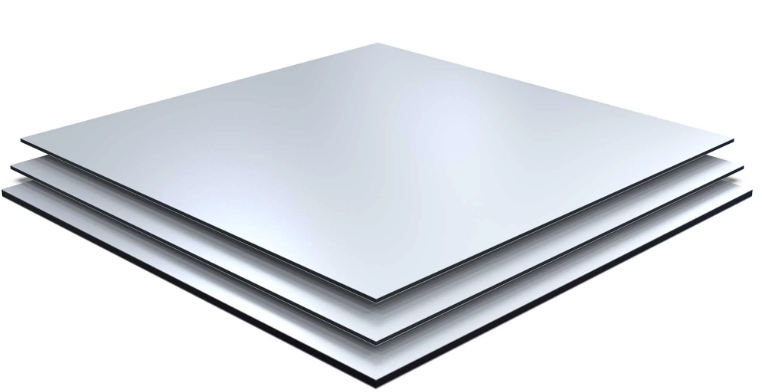
Additional Coats for Special Finishes In some cases, you may want to apply additional coats of paint, especially if you are aiming for a specific finish. For example, metallic finishes or high-gloss coatings often benefit from a third or fourth coat to achieve the desired effect. Similarly, if you’re working with paint for aluminum boats or high-performance CNC machined parts, multiple coats might be needed for superior protection and aesthetic appeal.
VMT’s High-Quality CNC Machining Surface Treatment Services
At VMT, we offer high-quality CNC machining services along with comprehensive surface treatment options. Whether you need to machine aluminum for automotive parts, aerospace components, or consumer goods, we provide precision treatments that ensure excellent paint adhesion. With our specialized CNC aluminum machining capabilities, we can help prepare your parts for painting, ensuring that the final finish is durable and uniform.
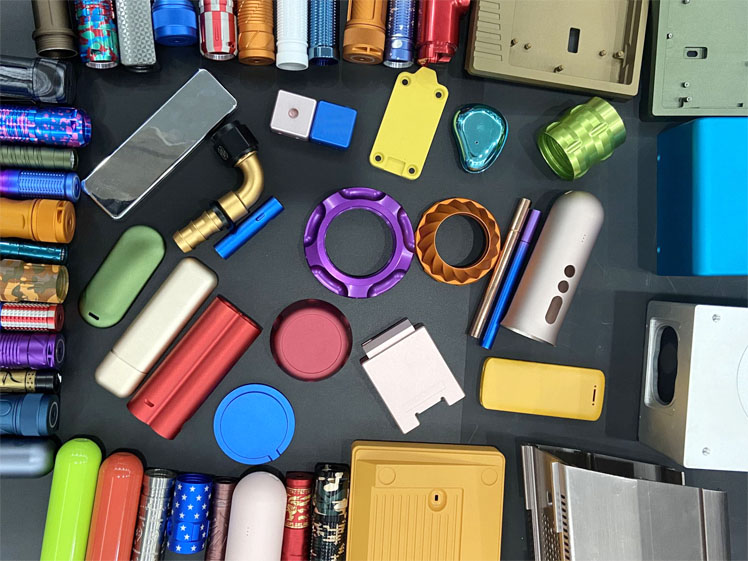
In Conclusion
Painting aluminum might seem like a simple task, but achieving the best results requires careful attention to detail and the right preparation. From cleaning and sanding to choosing the right aluminum primer and topcoat paint, every step plays a crucial role in ensuring a smooth, durable finish. Whether you’re working with CNC machined aluminum parts, aluminum siding, or outdoor aluminum furniture, following the proper procedures and using the right materials will give you long-lasting results.
By understanding the unique challenges aluminum presents and knowing how to overcome them, you can successfully complete your painting aluminum projects, ensuring that the finish is both functional and beautiful for years to come.
Frequently Asked Questions About Painting Aluminum
Can I Use Oil-based Paint on Aluminum?
Yes, oil-based paint can be used on aluminum, but it’s not the ideal choice. It may not adhere as well as other options, such as acrylic or epoxy paints. If you decide to use oil-based paint, ensure proper surface preparation and priming to improve adhesion and prevent peeling over time.
What Kind of Paint Will Stick to Aluminum?
Acrylic, epoxy, and urethane paints are ideal for aluminum surfaces. These paints offer strong adhesion and durability. For the best results, use paints specifically formulated for metal surfaces, which often contain additives to improve bonding with aluminum and provide weather resistance.
Do I have to Prime Aluminum Before Painting?
Yes, priming aluminum is recommended before painting. A good quality primer helps improve paint adhesion and creates a smooth, uniform surface. It also provides extra protection against corrosion, especially in outdoor or moisture-prone areas.
What is the Most Durable Way to Paint Aluminum?
The most durable way to paint aluminum is using an epoxy or powder coating. Epoxy paint provides strong adhesion, chemical resistance, and longevity. Powder coating offers the highest durability, with a tough, weather-resistant finish that lasts for many years, making it ideal for aluminum used in harsh conditions.



